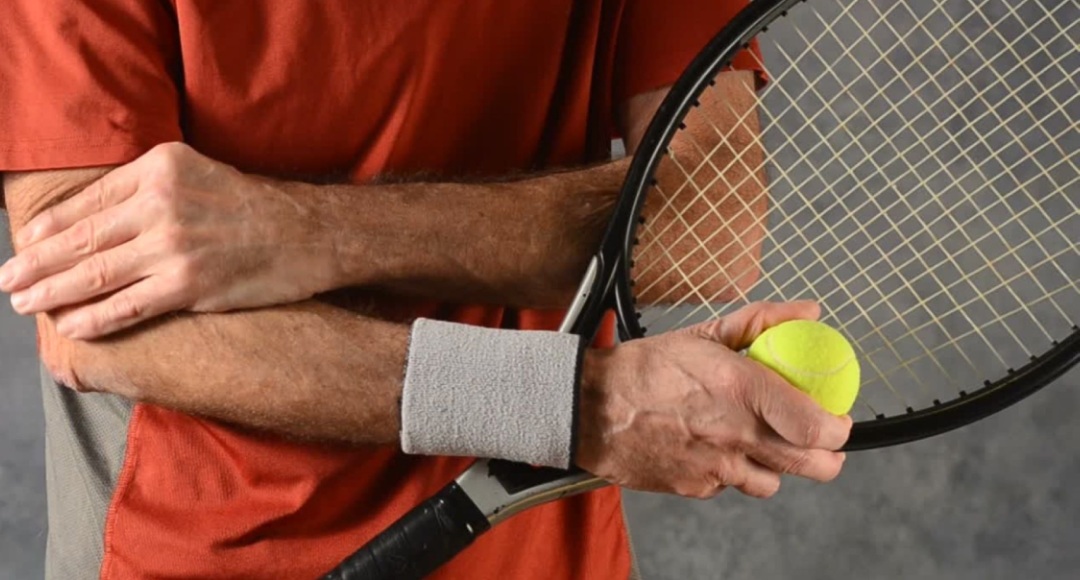Padel is a fast-paced, exciting, and fun game that’s quickly gaining popularity among all age groups. Many people are now playing padel regularly, sometimes as much as 3-4 times a week, because it’s so addictive. However, this frequent play can increase the risk of injury, particularly elbow injuries, commonly known as “tennis elbow” or lateral epicondylitis.
Elbow injuries in padel are often due to the repetitive movements that cause micro trauma to the tendons in the elbow. Studies suggest that the elbow endures high mechanical loads from continuous eccentric contractions to slow down the ball, a high number of overhead shots, and the unique design of the padel racquet, which lacks stringing. These factors can lead to pain, swelling, and impaired performance. While research on padel injuries is still emerging, some common risk factors have been identified:
- Poor or incorrect technique
- Extreme or incorrect grip
- Delayed hitting or improper point of impact
- Overplaying without adequate rest
- Incorrect equipment
If you’re a regular padel player experiencing elbow issues, consider these preventative steps:
- Get Your Technique Checked: Consult a coach or an experienced padel player to ensure your technique is correct.
- Use Proper Equipment: Ensure your racquet and ball are suitable for your play style and skill level.
- Gradually Increase Play Frequency: Build up your playing frequency gradually, allowing adequate rest between games.
- Strengthen Key Muscles: Focus on strengthening your wrist, forearm, and shoulder muscles to better handle the game’s stresses.
Padel is a fantastic way to stay fit and have fun, but it’s important to pay attention to these factors to avoid injuries that could sideline you. If you have specific concerns about an injury, consult a professional for specific advice,
Dr. Raina Ranney is a sports and musculoskeletal physiotherapist.
Instagram handle: physio_ raina

